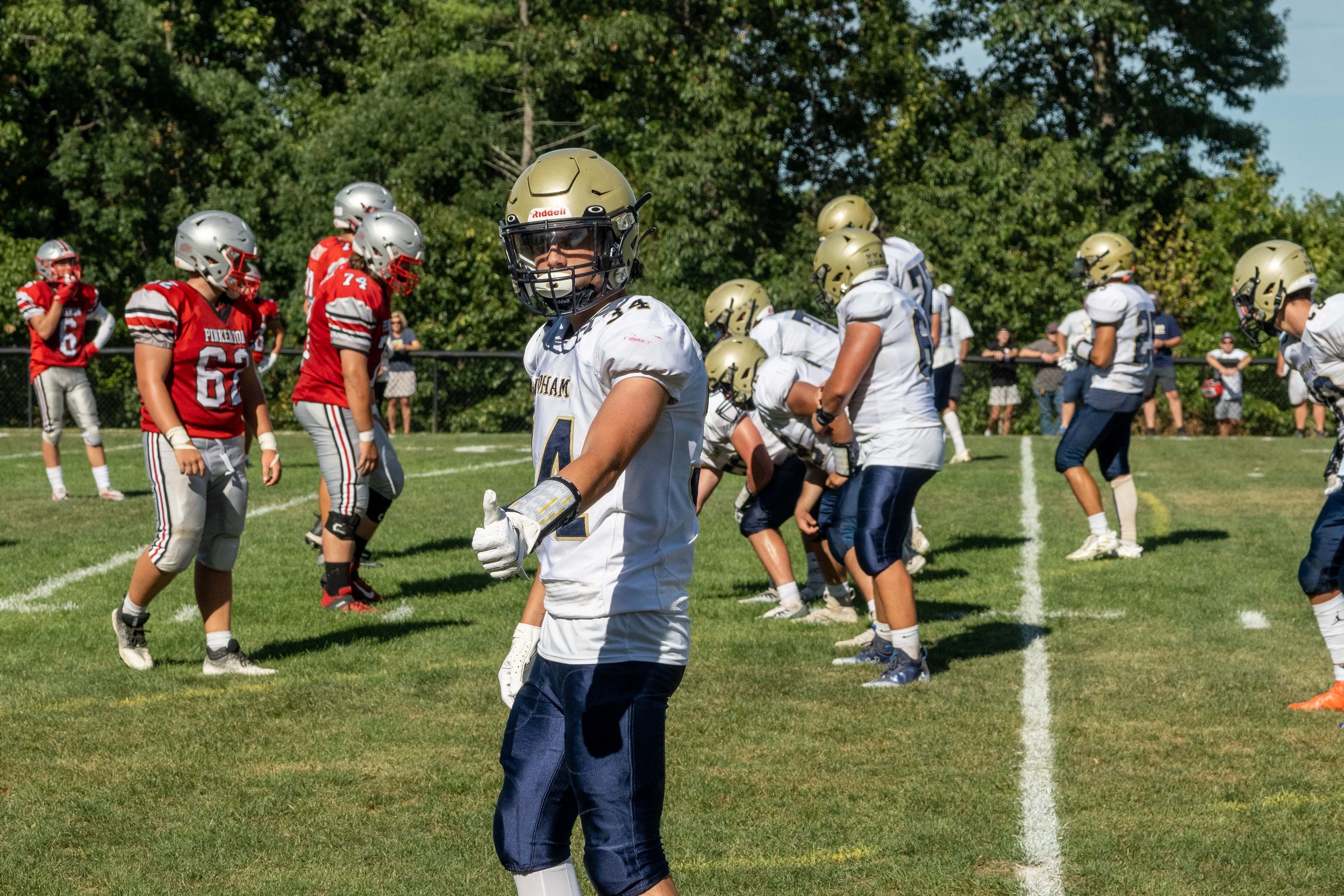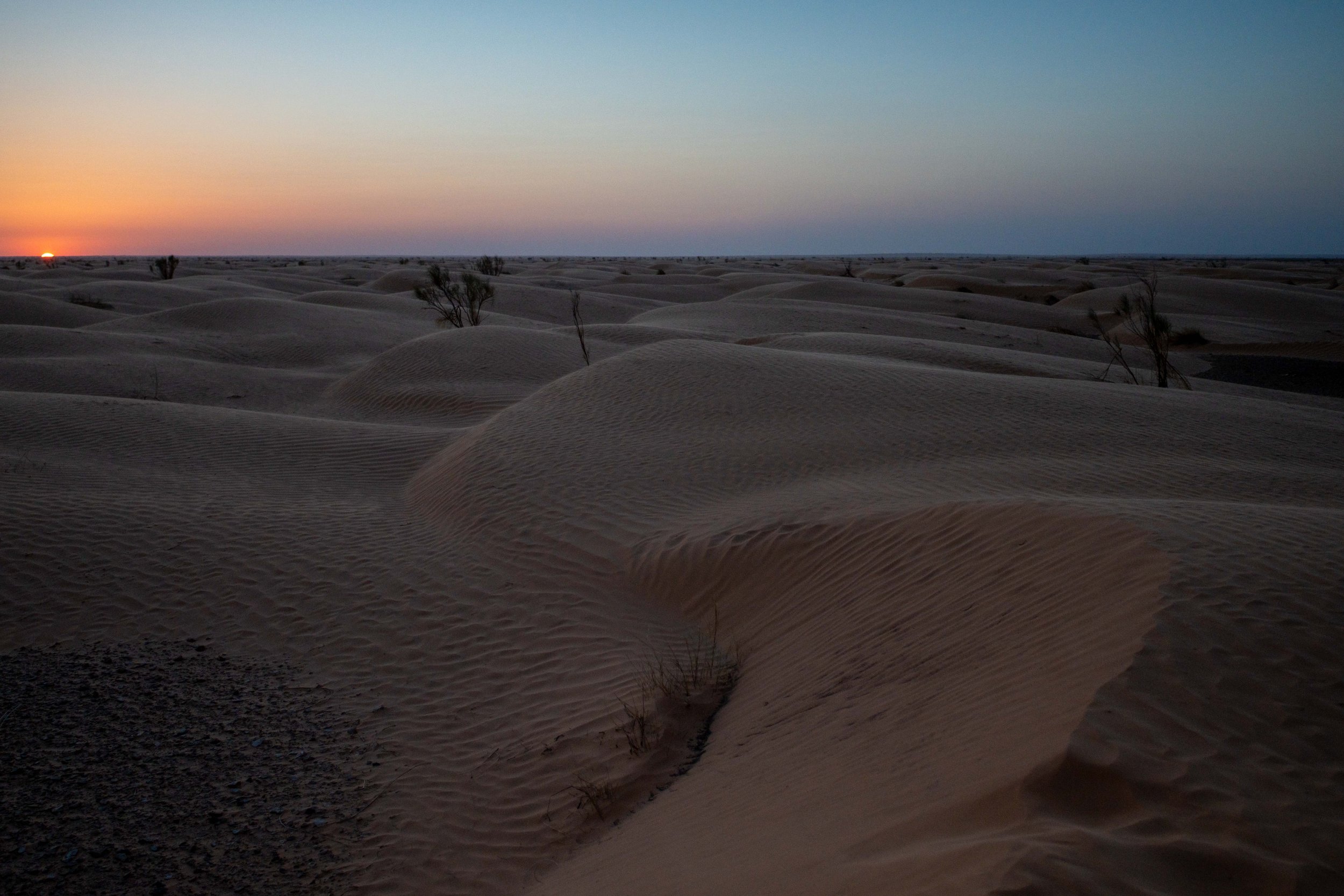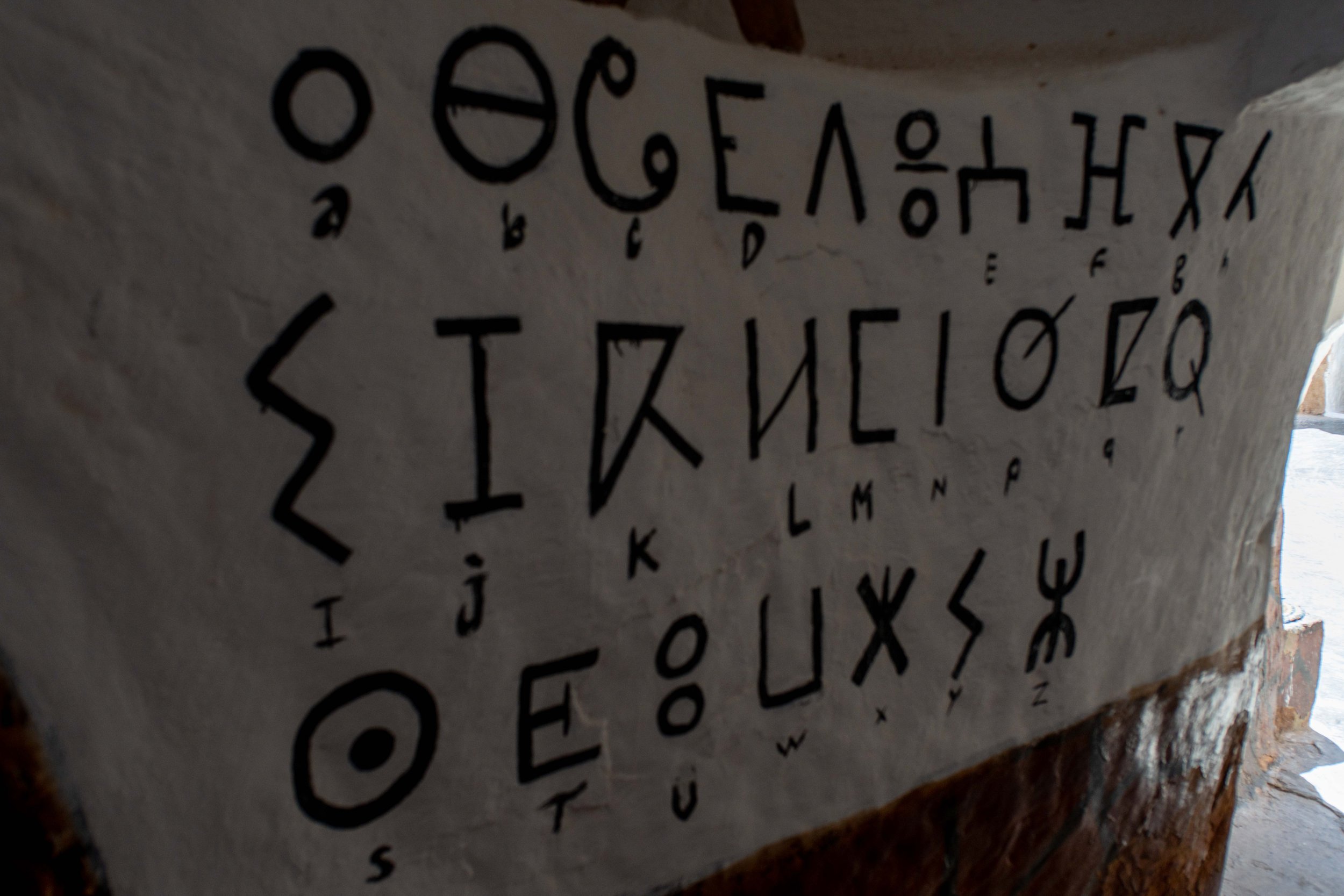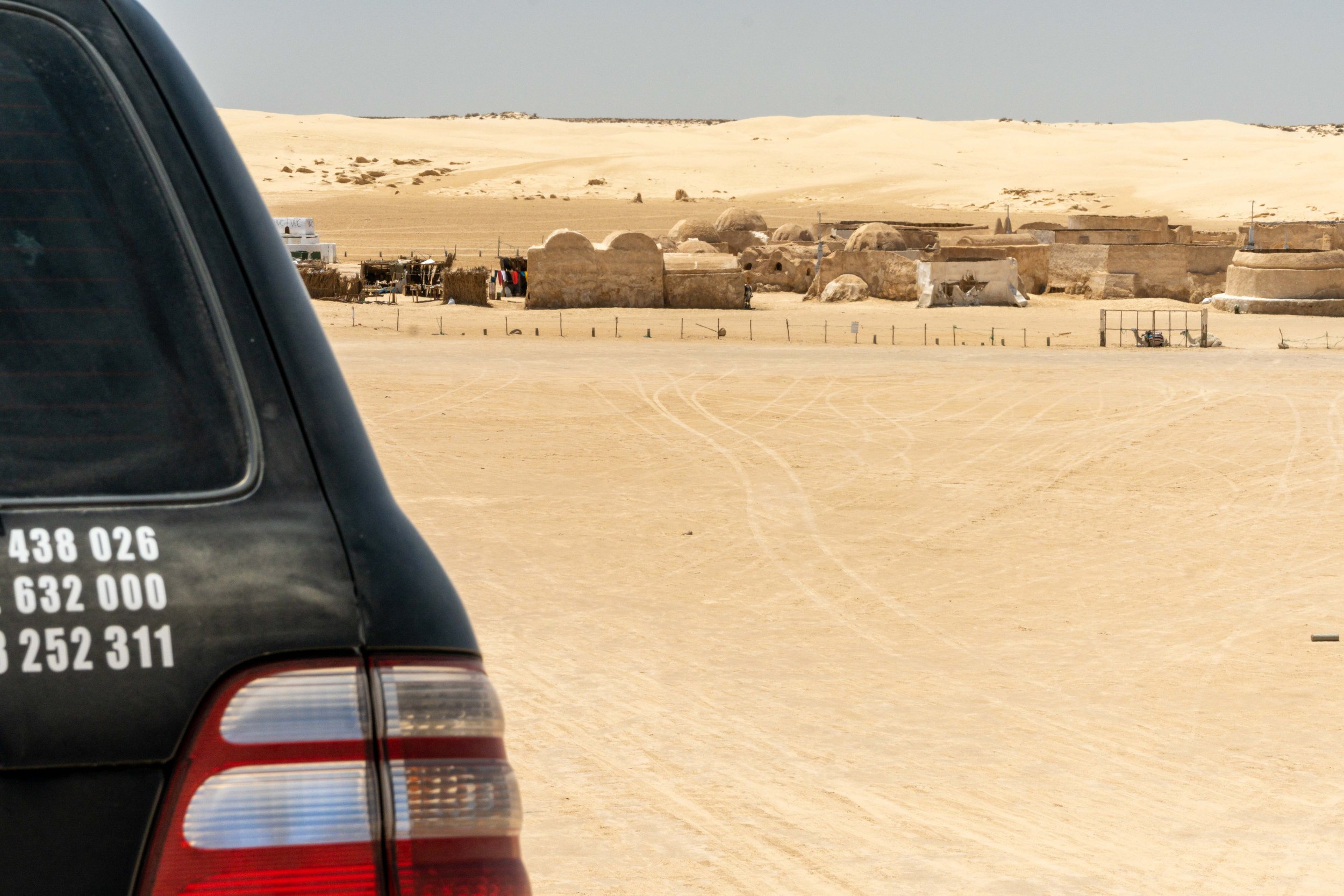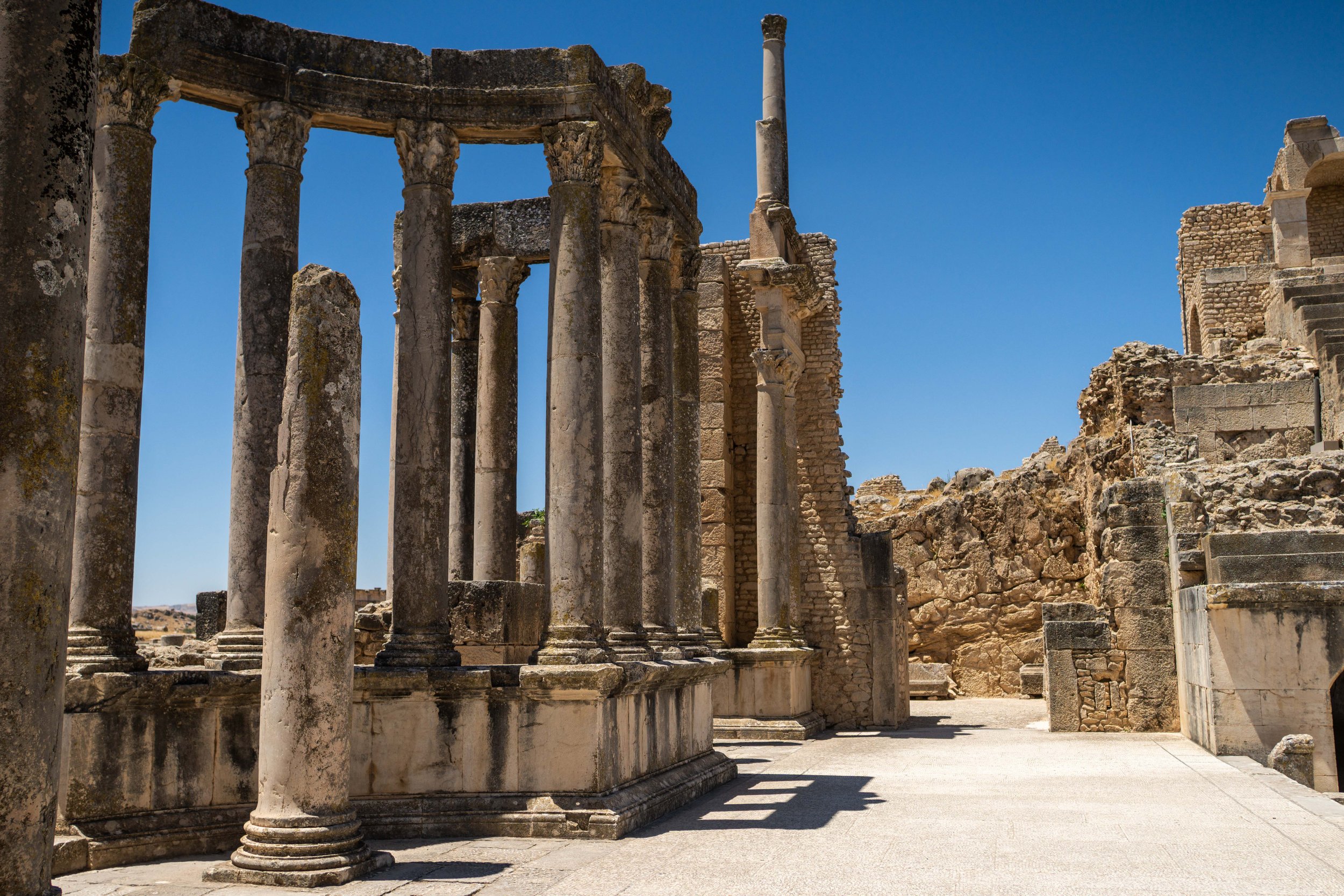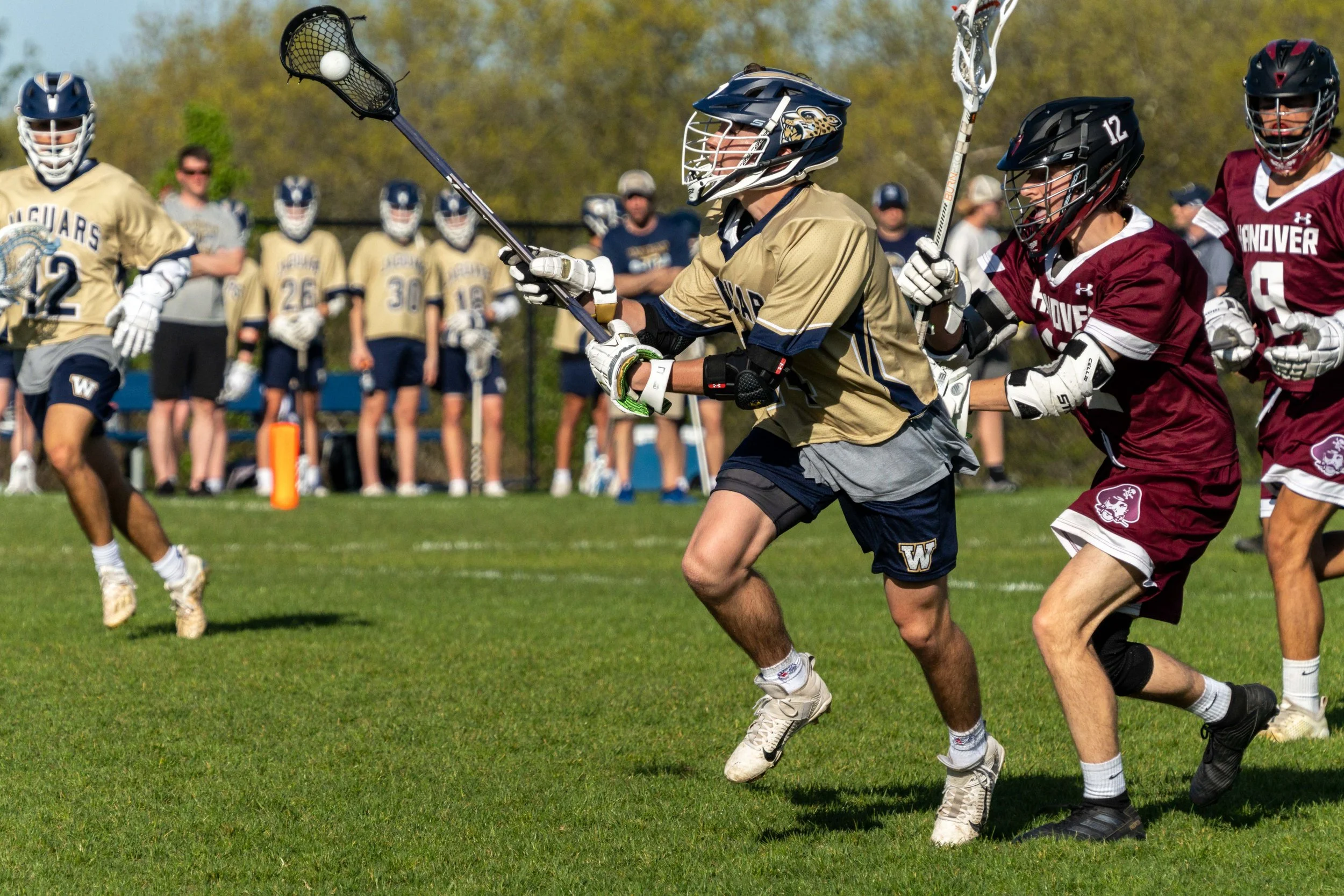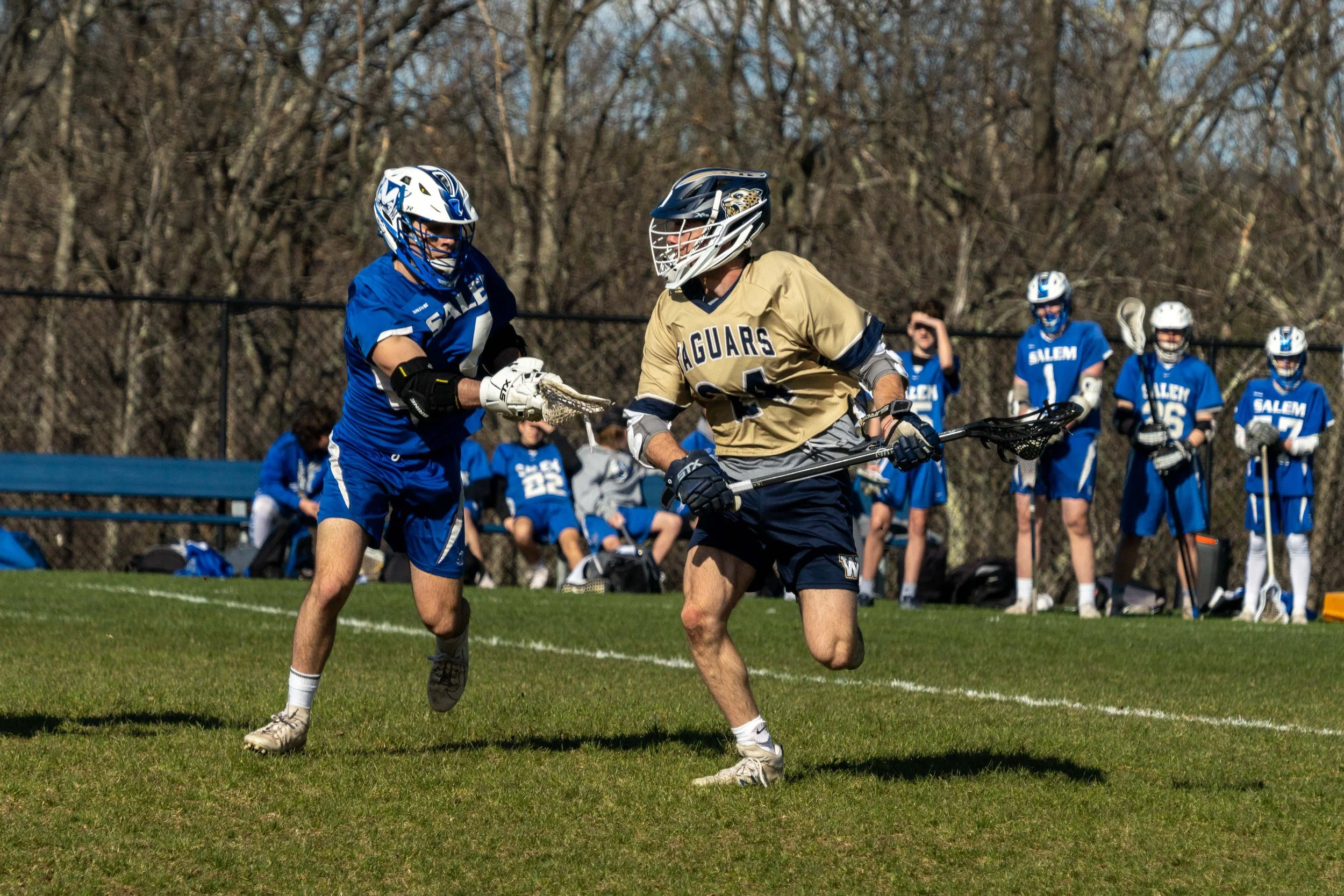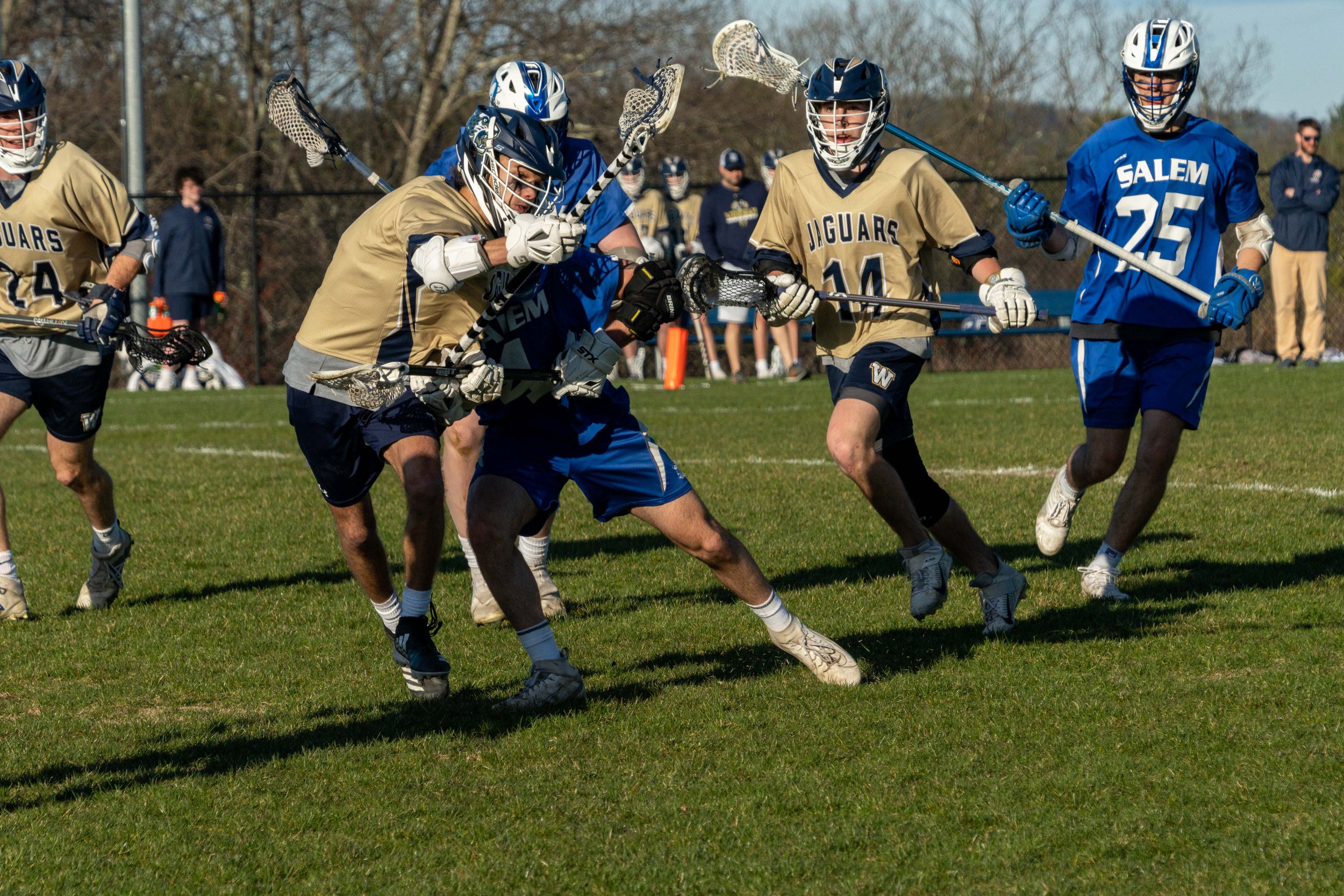That was a great opening game for the Jaguars. Yes, it was a 28-27 loss, and there are no moral victories…but it was a game they SHOULD have won against a significantly superior (in terms of size, strength, bench depth, school population, resources, etc.) team. A handful of errors resulted in a game that got away. After going 1-7 last year, the moment almost appeared too big for Windham.
Tiger An has clearly been in the gym all year and is a force at running back for Windham who needs the solid play from its RBs in order to compete and eat clock in the face of faster teams with more advanced offenses.
The too big moments? I’ll point to 10:22 left in Q2 with the situation Windham in a 4th and one situation when driving into Pinkerton territory. The play didn’t get called in time and resulted in a delay of game penalty making it 4th and 6…but still the offense wasn’t on the same page and had to call a timeout…and out of the timeout? A shanked punt…not what the Doctor ordered.
Further giveaways to Pinkerton included a pick-6 on the first pass of the game, a lack of fielding anyone to return punts or even just down the ball (leading to numerous “free” yardage given to Pinkerton), a failed 2-point attempt late in the game that would have given Windham (in theory) the win. Look, I get it…you’re home, you’re the underdog, you are lucky to even be in the game, anything else is gravy…But for goodness sake…even if you get the 2 points and tie it, Pinkerton would have had at least one or two more shots at scoring anything to come away with the win. And Pinkerton KNEW what was coming…Windham hadn’t shown an ability to throw but had succeeded in wearing down the defensive line of Pinkerton in the hot weather. Everyone there knew it was going to be a Tiger An run…and sure enough…stuffed. Poor play call to go for two, poorer still to tip your pitches.
But that wasn’t it…Windham still wasn’t done. Their Defense stood up Pinkerton on the next possession (again, inexplicably kicking a low roller which they had done all day and giving up 30+ yards of field when Cole Yennaco gobbled the ball up—yeah, you can say it was an “onsides kick” but really? Windham hadn’t actually kicked a kickoff all day soooooo….) in a much needed three and out…
Having the ball back with about 4+ minutes left, Windham went back to the ground and drove down to about the Pinkerton 35 with 2 1/2 minutes to play…surely all they needed to do was to keep running and running and at the worst have a fieldgoal attempt for the win or maybe catch a good run from Tiger or QB scramble for the win…but no…another unforced error with a QB fumble turned the ball over and ended the day.
An excellent effort all around coming back from 14-0 in the first half to go toe-to-toe with Pinkerton for three quarters of play showing no quit. Now if just the details can come together, they may have something.


















































